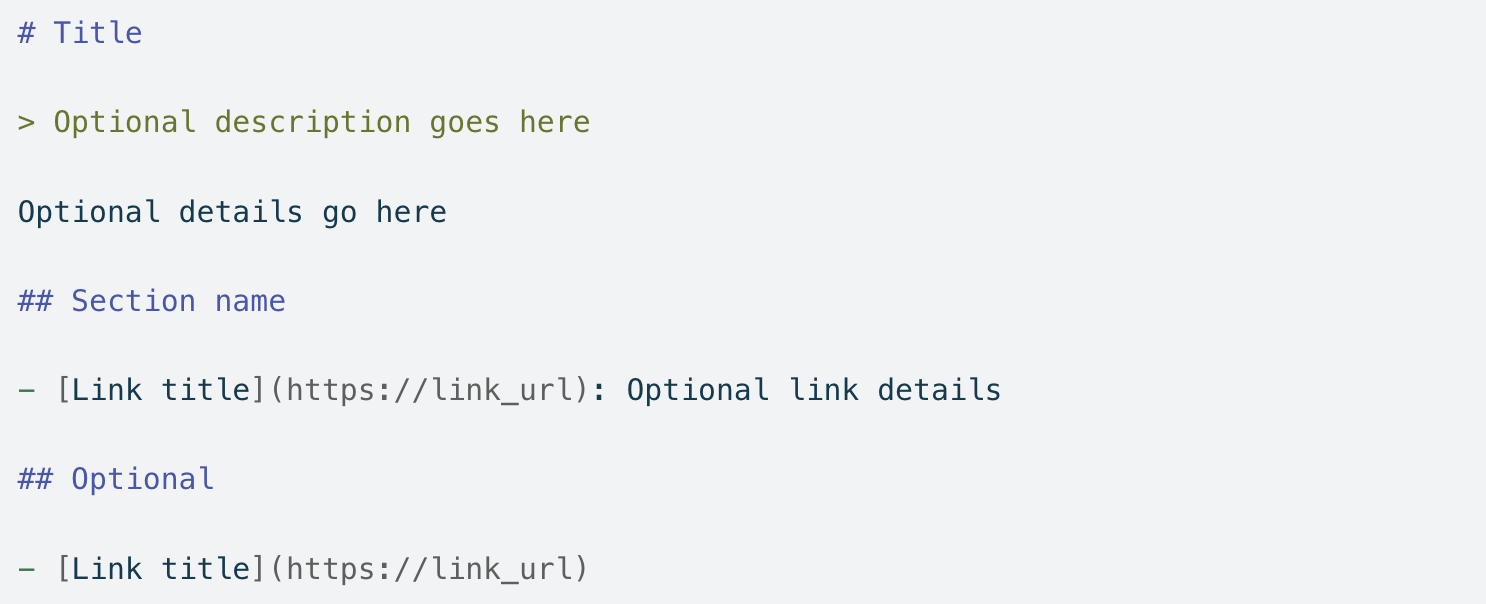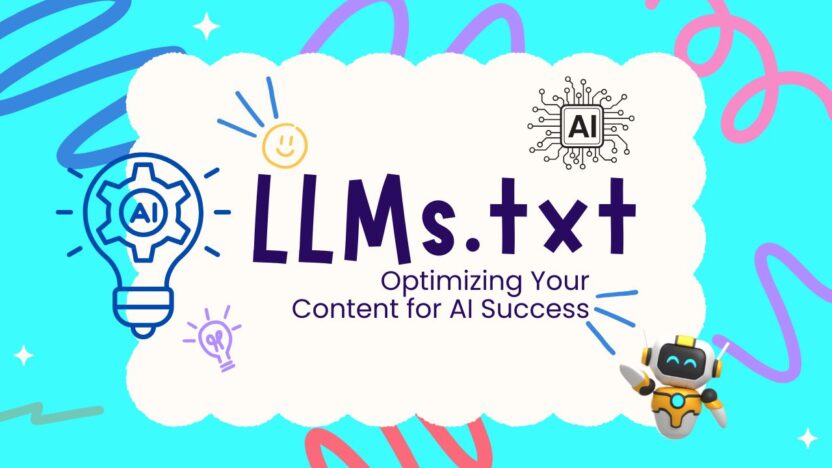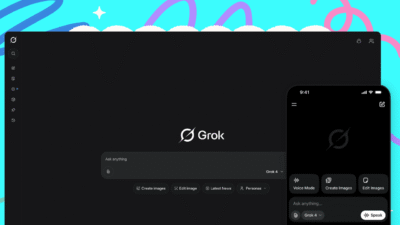The way we share and discover information online is changing faster than ever. Search engines like Google and Bing still play a role, but they are no longer the only gateway to knowledge. Artificial intelligence systems such as ChatGPT, Google Gemini, Claude, Microsoft Copilot, and Perplexity are now providing people with direct, detailed, and context-rich answers without requiring them to click through multiple links.
This shift is exciting, but it also creates a challenge. AI-powered tools need to process content in ways that are very different from traditional search engines. They rely on Large Language Models (LLMs), which work by understanding and synthesizing vast amounts of text to produce natural language responses. However, websites are often filled with complex HTML structures, unnecessary scripts, pop-ups, and navigation elements that can make it hard for these models to extract and interpret information.
This is where LLMs.txt comes into the picture. In the same way robots.txt helps search engine crawlers understand which pages they can or cannot index, LLMs.txt is designed to help AI systems understand, access, and process your content in a more structured, accurate, and efficient way.
This guide will walk you through everything you need to know about LLMs.txt, including what it is, why it exists, how it works, how to create it, how to integrate it into your site, and why monitoring its use is critical for the future of Generative Engine Optimization (GEO).
What is LLMs.txt?
LLMs.txt is a simple text file placed in the root directory of your website that provides clear, structured, and easily processed information for AI-powered systems and Large Language Models. Its purpose is to make your site more understandable for AI tools like ChatGPT, Google Gemini, Claude, and Perplexity, so they can use your content more accurately when answering user questions.
Think of it as a guidebook you hand directly to AI systems. Instead of forcing them to dig through complex HTML and unrelated code, you give them the exact details, summaries, and resources you want them to use.
Why LLMs.txt Emerged
Traditional web crawling standards such as robots.txt and sitemap.xml were designed for search engines, not for AI models. While these tools still matter for SEO, they are not enough for Generative Engine Optimization.
In September 2024, AI expert Jeremy Howard proposed the LLMs.txt format as a way to make AI’s job easier. His idea was simple: provide a clean, structured, and AI-friendly summary of a website’s key content in one location.
The concept has gained traction because HTML pages often contain more than just the main text — they also include navigation menus, sidebars, pop-up messages, advertisements, and JavaScript elements. This clutter can make it harder for AI to understand the most important parts of your site.
LLMs.txt addresses this by offering a stripped-down, clearly organized version of your key information. While still new, the format is attracting attention in the AI and digital marketing community. It has also been promoted by Answer.AI as part of its mission to increase awareness of AI-friendly web standards.
At the time of writing, Google has not officially announced support for LLMs.txt, but given the speed of AI adoption, it may only be a matter of time before major players embrace it.
What Does LLMs.txt Do?
The main function of LLMs.txt is to help AI systems process your website more effectively. By offering a clean, simple version of your most important content, you remove obstacles such as:
- Complicated navigation menus
- Banner ads and promotional widgets
- JavaScript-heavy layouts
- Excessive formatting and styling
Instead, you provide AI models with the kind of content they can easily parse, summarize, and use in their own answers. This makes it far more likely that your site will be mentioned or cited when people ask AI tools questions related to your field.
In short, LLMs.txt helps bridge the gap between your website and the way AI consumes information.
LLMs.txt vs Robots.txt: The Key Differences
While both LLMs.txt and robots.txt are plain text files that live in your website’s root directory, they serve different purposes.
Purpose
- LLMs.txt: Designed for large language models and AI systems. Its goal is to present your site’s key content in a simplified, structured way to make it easier for AI to understand.
- Robots.txt: Designed for search engine bots. It controls which pages or directories can be crawled and indexed.
Target Audience
- LLMs.txt: Targets AI tools such as ChatGPT, Google Gemini, Claude, and Bing AI.
- Robots.txt: Targets search engines like Google, Bing, and Yandex.
Format
- LLMs.txt: Often written in Markdown format for human and machine readability. Markdown allows for headings, lists, and links, which make the content easier for AI to process.
- Robots.txt: Written in a simple text format that defines crawl rules for search engine bots.
Relationship to SEO and GEO
- LLMs.txt: A tool for Generative Engine Optimization, helping AI find and use your content in responses.

- Robots.txt: A tool for Search Engine Optimization, helping search engines discover and index your content.

Best Practices for Creating an LLMs.txt File
If you want your LLMs.txt file to be effective, it needs to be clear, concise, and easy to process. Here are the key principles to follow:
- Use Markdown format to structure your headings, paragraphs, and lists.
- Include only the most important content — summaries, key facts, and authoritative links.
- Avoid complex structures such as HTML or embedded JavaScript.
- Keep it accurate and up to date to maintain trust with AI systems.
- Organize optional or secondary content separately so that AI can focus on the most important material first.
- Avoid conflicts with robots.txt to ensure both SEO and GEO work together.
- Review and refresh the file whenever your website is updated.
Suggested Structure for an LLMs.txt File
A well-crafted LLMs.txt file usually contains the following sections:
- H1 Title: Your website or project name.
- Excerpt Block: A short, clear summary of what your site offers.
- Detailed Information: Paragraphs or bullet points with the most important facts, explanations, or data.
- Link Lists: URLs to related resources, articles, or documents, with optional short descriptions.
By following this structure, you create a simple and effective way for AI to understand what your site is about and why it should be referenced.
How to Integrate LLMs.txt Into Your Website
Integration is straightforward but must be done correctly. Here’s how:
- Create your LLMs.txt file in Markdown format.
- Upload the file to the root directory of your site (for example,
https://yourwebsite.com/LLMs.txt). - Add a reference to your robots.txt file so AI systems know where to find it.
- Test the file’s accessibility by visiting the direct URL in your browser.
- Set the correct permissions so AI crawlers can read it.
- Regularly update the file as your site evolves.
Creating LLMs.txt in WordPress
For WordPress users, there are two main approaches:
- Manual method: Create the file locally and upload it via FTP or your hosting file manager to the public_html folder.
- Plugin method: Some plugins allow you to create and manage LLMs.txt from within the WordPress dashboard, which is useful if you are not comfortable working with FTP.
Why Monitoring LLMs.txt Requests Matters
Once you have integrated LLMs.txt, your job is not done. Monitoring how AI systems interact with your file is essential.
Tracking requests helps you understand:
- Which AI tools are accessing your LLMs.txt file
- How often they visit
- Whether the information in your file is being used in AI-generated responses
- How AI traffic is affecting visits to your site
Without monitoring, you might miss opportunities to improve your file, expand your reach, or identify potential issues such as access blocks or outdated content.
The Future of LLMs.txt
Although LLMs.txt is still new, its potential is huge. As AI assistants become a primary source of information for millions of people, optimizing for them will be just as important as traditional SEO.
In the near future, we can expect:
- Broader adoption of LLMs.txt by major content platforms
- Standardized guidelines for AI-friendly content formatting
- Closer integration of SEO and GEO practices
- Advanced analytics tools for tracking AI-driven citations
The sooner you adopt LLMs.txt, the better positioned you will be to benefit from these changes.
Final Thoughts
LLMs.txt is more than just another technical file. It is a bridge between your content and the AI-powered future of information discovery. By creating and maintaining a clear, well-structured LLMs.txt file, you make it easier for AI systems to understand and share your work.
This means more visibility, more credibility, and a greater chance of being part of the answers people see when they ask AI tools for help.
The next step is simple: create your LLMs.txt file, place it in your site’s root directory, and monitor how it performs. In the world of Generative Engine Optimization, those who adapt early will lead the way.




